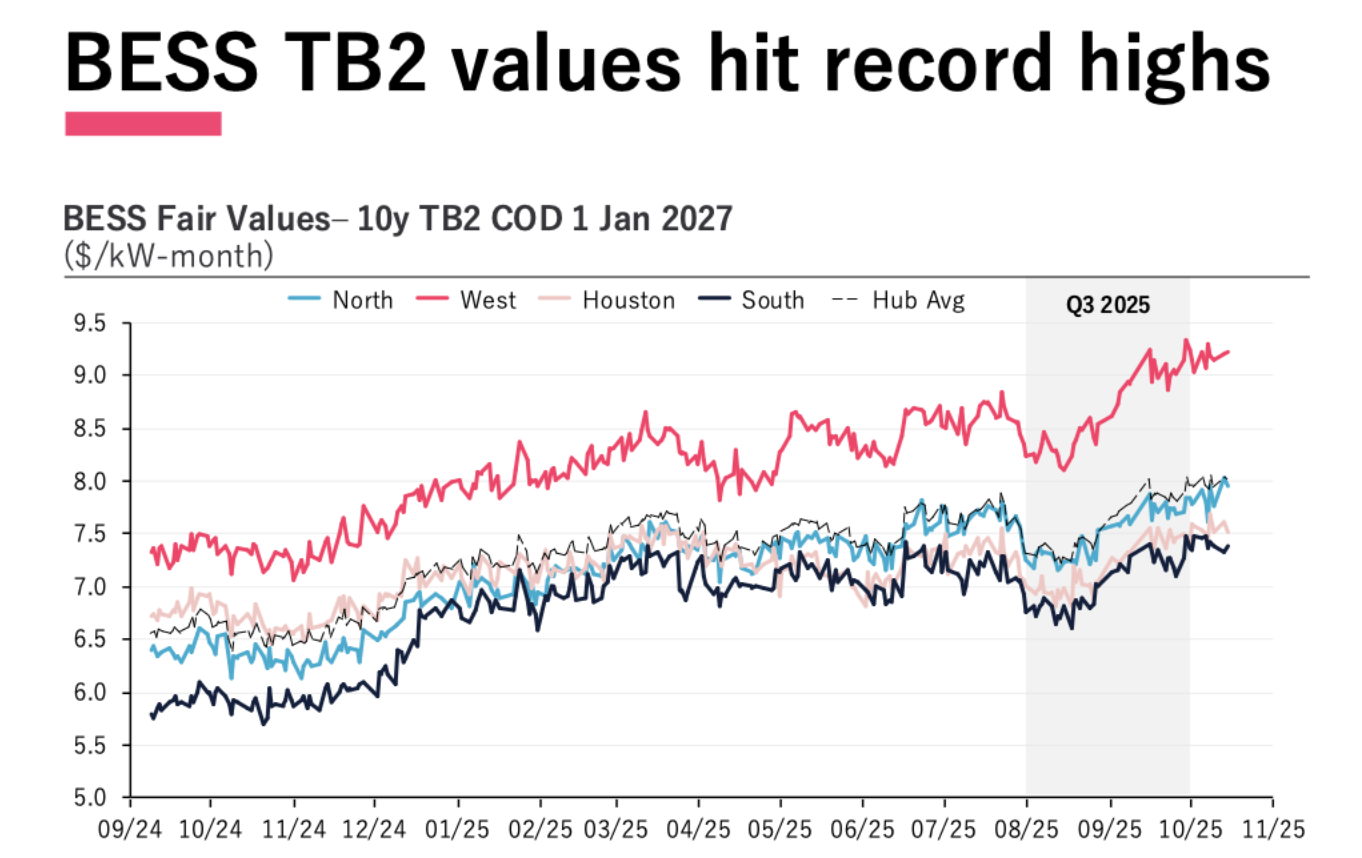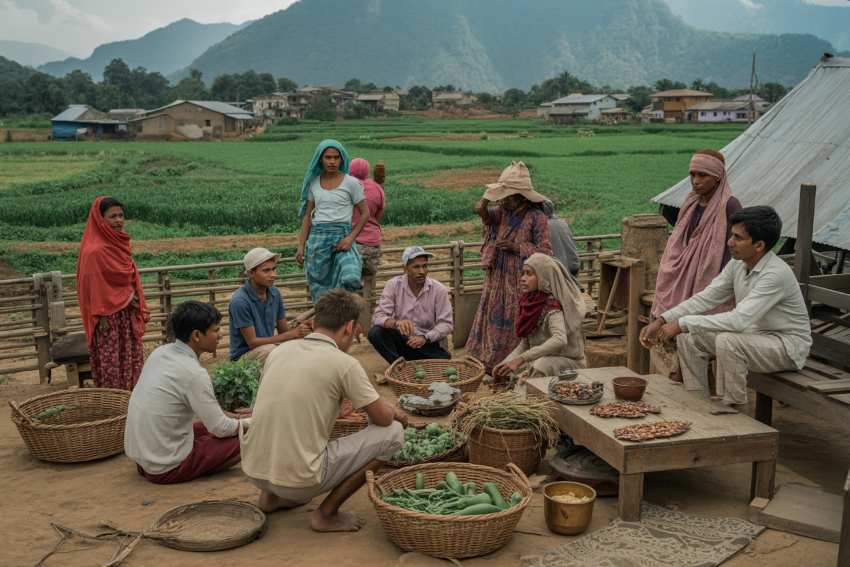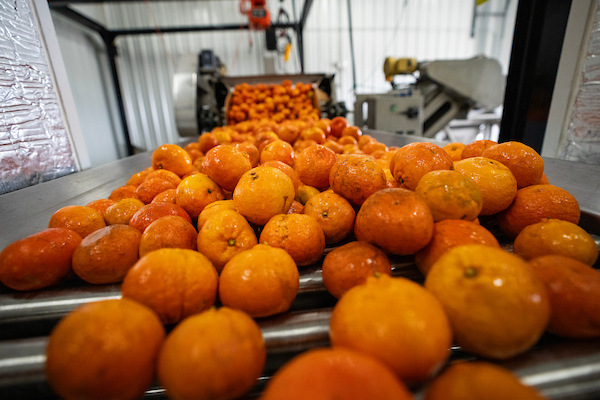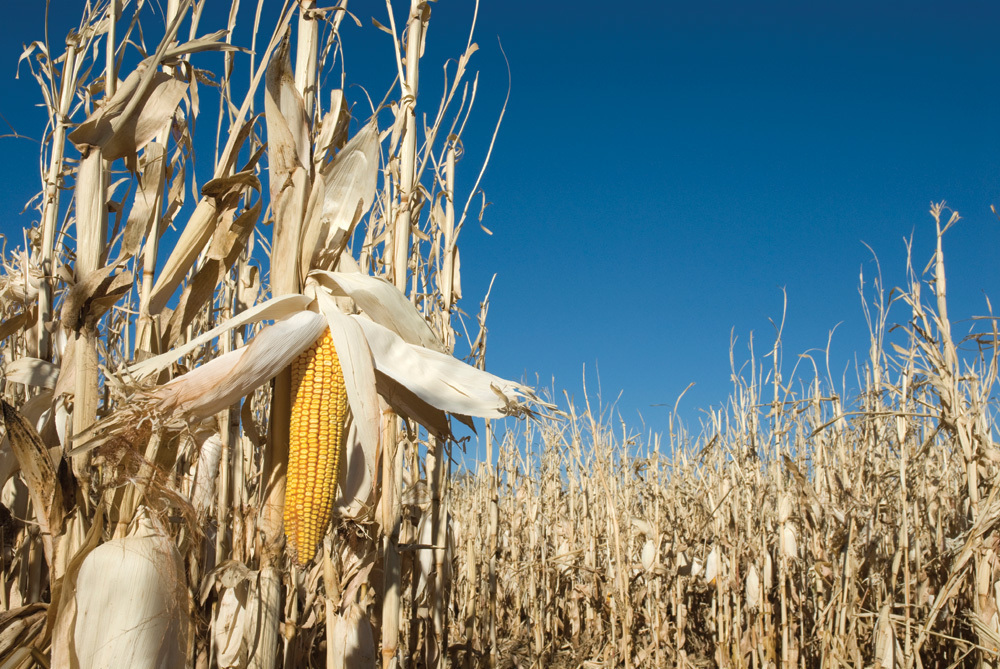Kyrgyzstan’s arable land exceeds 1.29 million hectares – AKI Press

Report on Arable Land in Kyrgyzstan and its Implications for Sustainable Development Goals
Key Data on Arable Land Resources
According to a report from the National Statistical Committee, the total area of arable land available for use in Kyrgyzstan was recorded at 1,292,900 hectares as of July 1. This figure is a critical national statistic for assessing agricultural capacity and environmental management.
Alignment with United Nations Sustainable Development Goals (SDGs)
The status of Kyrgyzstan’s arable land is directly relevant to the nation’s progress toward several key Sustainable Development Goals (SDGs). The effective management and utilization of this land are fundamental to achieving long-term sustainable development.
-
SDG 2: Zero Hunger
The 1.29 million hectares of arable land represent the primary resource for Kyrgyzstan’s food production. The sustainable cultivation of this land is essential for:
- Ensuring food security for the population.
- Improving nutrition through diverse crop production.
- Promoting sustainable agricultural practices to maintain soil health and productivity.
-
SDG 15: Life on Land
This goal focuses on the sustainable use of terrestrial ecosystems. The data on arable land is a key indicator for monitoring efforts to:
- Combat desertification and halt land degradation.
- Implement sustainable land management policies.
- Protect biodiversity by ensuring agricultural expansion does not encroach on vital ecosystems.
-
SDG 1 (No Poverty) and SDG 8 (Decent Work and Economic Growth)
Agriculture is a significant component of Kyrgyzstan’s economy, particularly in rural areas. The productive use of arable land contributes directly to:
- Poverty reduction through agricultural livelihoods.
- Creation of decent work in the farming sector.
- Sustained and inclusive economic growth driven by agricultural output.
1. Which SDGs are addressed or connected to the issues highlighted in the article?
-
SDG 2: Zero Hunger
This goal aims to end hunger, achieve food security, improve nutrition, and promote sustainable agriculture. The article’s focus on the total amount of “arable land” directly relates to the agricultural capacity of Kyrgyzstan. Arable land is essential for growing crops, which is the foundation of food production and food security for a nation.
-
SDG 15: Life on Land
This goal focuses on protecting, restoring, and promoting the sustainable use of terrestrial ecosystems and halting land degradation. The article provides a quantitative measure of a key land resource—arable land. This data is fundamental for land use planning, monitoring land degradation or desertification, and ensuring the sustainable management of the country’s land resources.
2. What specific targets under those SDGs can be identified based on the article’s content?
-
Target 2.4 (under SDG 2)
This target aims to “ensure sustainable food production systems and implement resilient agricultural practices that increase productivity and production… and that progressively improve land and soil quality.” The article’s statement on the availability of 1,292,900 hectares of arable land provides a baseline for assessing the scale at which sustainable agricultural practices can be implemented to achieve food security.
-
Target 15.3 (under SDG 15)
This target seeks to “combat desertification, restore degraded land and soil… and strive to achieve a land degradation-neutral world.” The data on the total area of arable land is a critical starting point for monitoring changes over time. A decrease in this area could indicate land degradation or conversion, while an increase could signify successful land restoration efforts. Therefore, the figure provided is essential for tracking progress toward this target.
3. Are there any indicators mentioned or implied in the article that can be used to measure progress towards the identified targets?
-
Area of Arable Land
The article explicitly mentions a key indicator: the total area of arable land, which is “1,292,900 hectares.” This quantitative data point is a direct measure used for tracking land use and agricultural potential. It serves as a foundational component for several official SDG indicators:
- It is directly related to Indicator 2.4.1 (Proportion of agricultural area under productive and sustainable agriculture), as the total arable land forms the denominator for this calculation.
- It is crucial for Indicator 15.3.1 (Proportion of land that is degraded over total land area). Tracking the total amount of arable land over time helps in assessing whether land is being degraded or restored.
4. Create a table with three columns titled ‘SDGs, Targets and Indicators” to present the findings from analyzing the article. In this table, list the Sustainable Development Goals (SDGs), their corresponding targets, and the specific indicators identified in the article.
| SDGs | Targets | Indicators |
|---|---|---|
| SDG 2: Zero Hunger | Target 2.4: By 2030, ensure sustainable food production systems and implement resilient agricultural practices. | The total area of arable land available for use (1,292,900 hectares), which is a baseline for measuring agricultural capacity and sustainability. |
| SDG 15: Life on Land | Target 15.3: By 2030, combat desertification, restore degraded land and soil, and strive to achieve a land degradation-neutral world. | The total area of arable land (1,292,900 hectares), which serves as a key metric for monitoring land degradation and land use change. |
Source: akipress.com

What is Your Reaction?
 Like
0
Like
0
 Dislike
0
Dislike
0
 Love
0
Love
0
 Funny
0
Funny
0
 Angry
0
Angry
0
 Sad
0
Sad
0
 Wow
0
Wow
0















































































